Friendly's MO to GO! in 2019 world's greatest shave - the 21st year
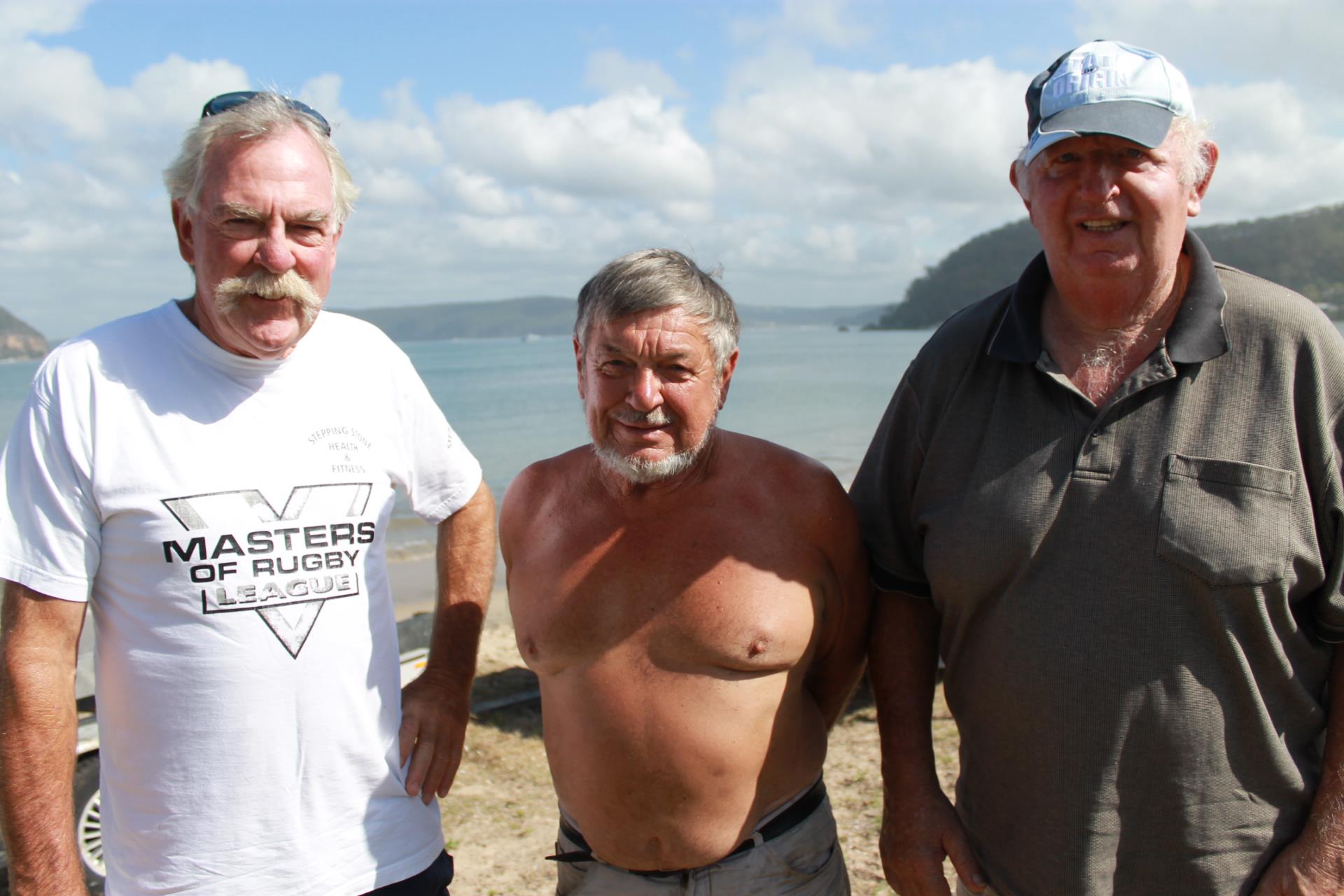
- More than 12,000 Australians will develop leukaemia, lymphoma or myeloma this year – or 35 people every day.
- Blood cancer claims the lives of more Australians than breast cancer and melanoma.
- Leukaemia, lymphoma and myeloma are types of blood cancer. They can develop in anyone, at any time at any age.
- Money raised from World's Greatest Shave funds blood cancer research and free support through the Leukaemia Foundation.
- The Leukaemia Foundation is the only Australia-wide charity dedicated to the care and cure of people with leukaemia, lymphoma, myeloma and related blood disorders.
- That's why so many people are as passionate as us about this campaign... and why your support is so vital.
Friggin oath, I have a character to maintain....it has been my 'signature face for 43 years' END OF STORY.

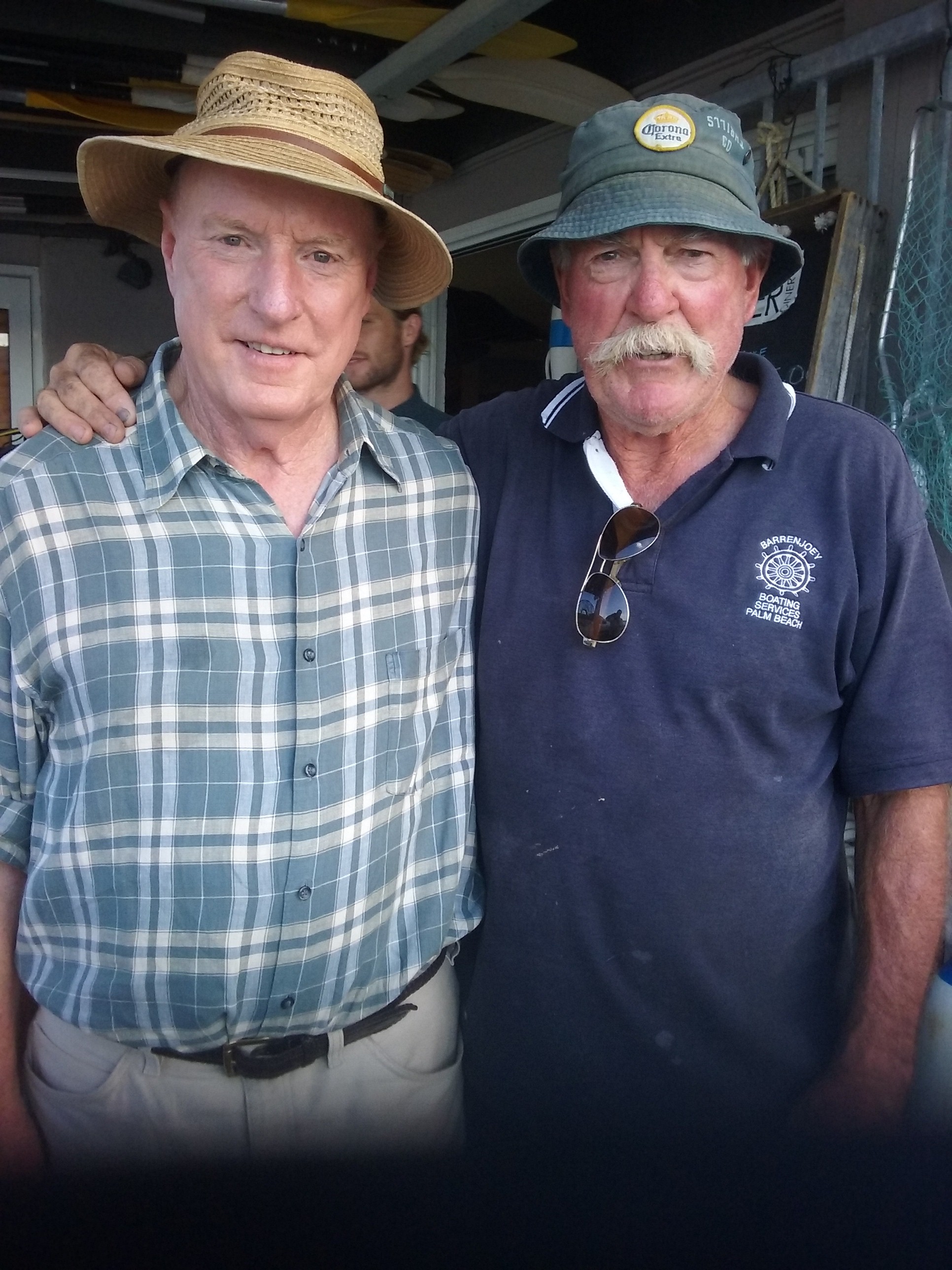
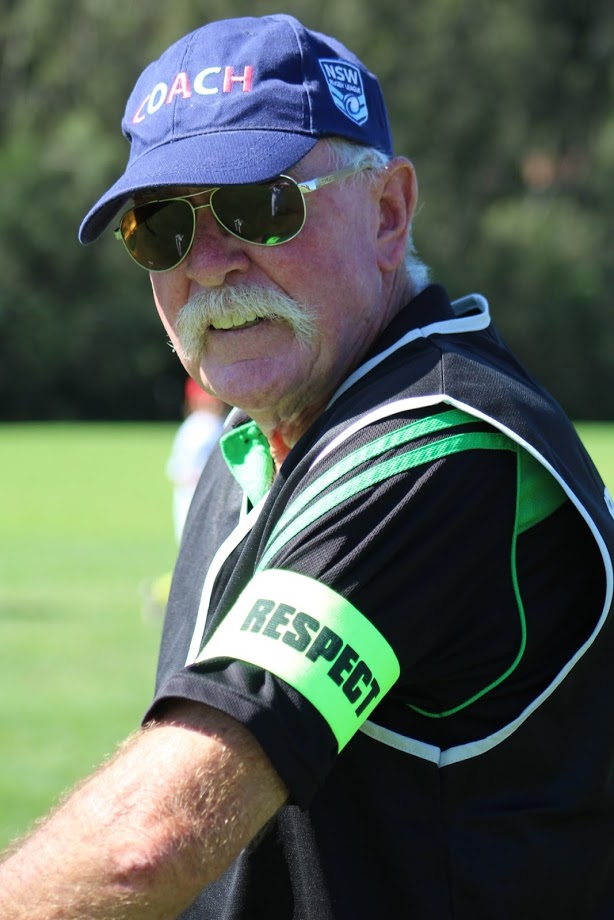
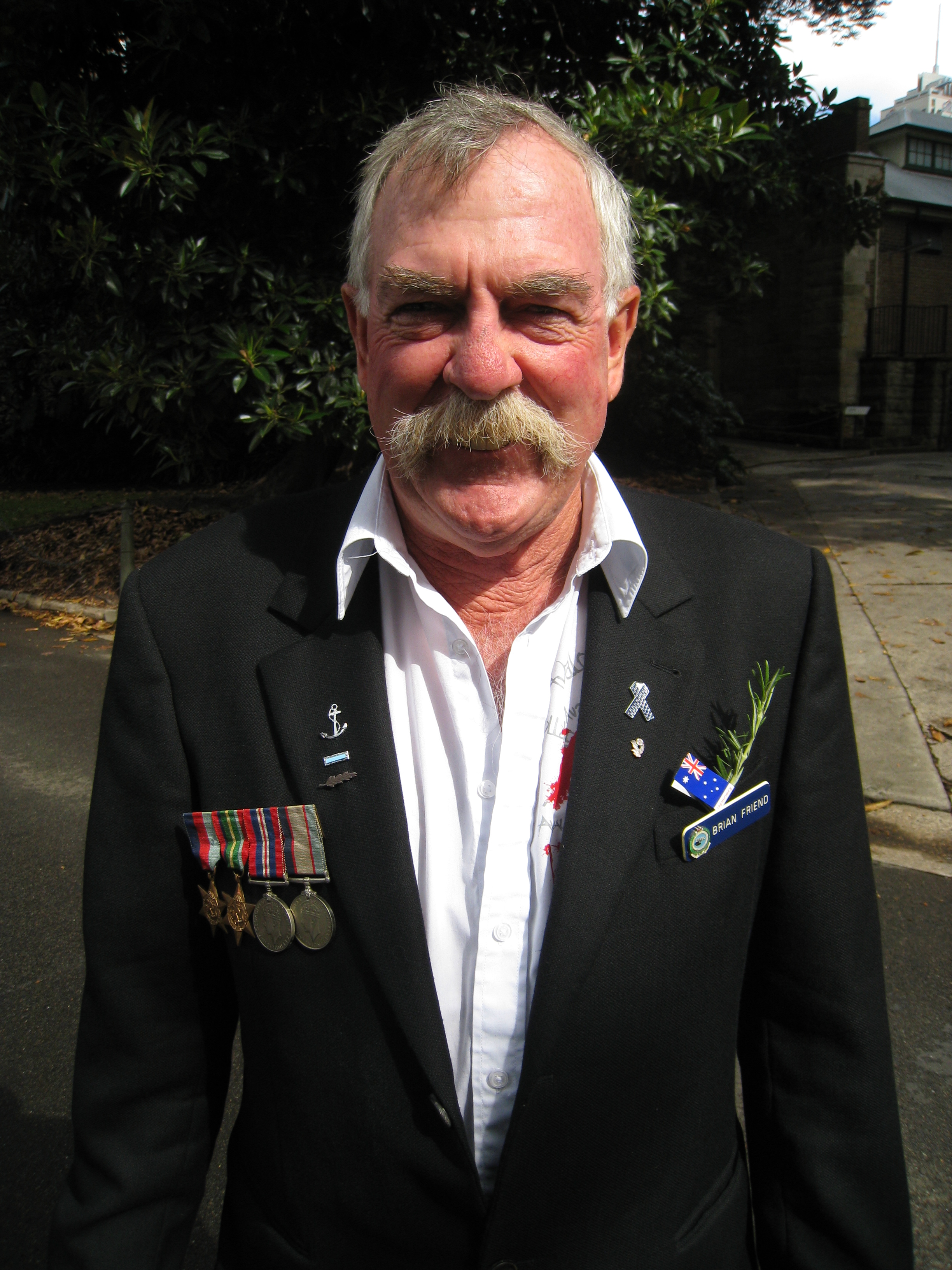
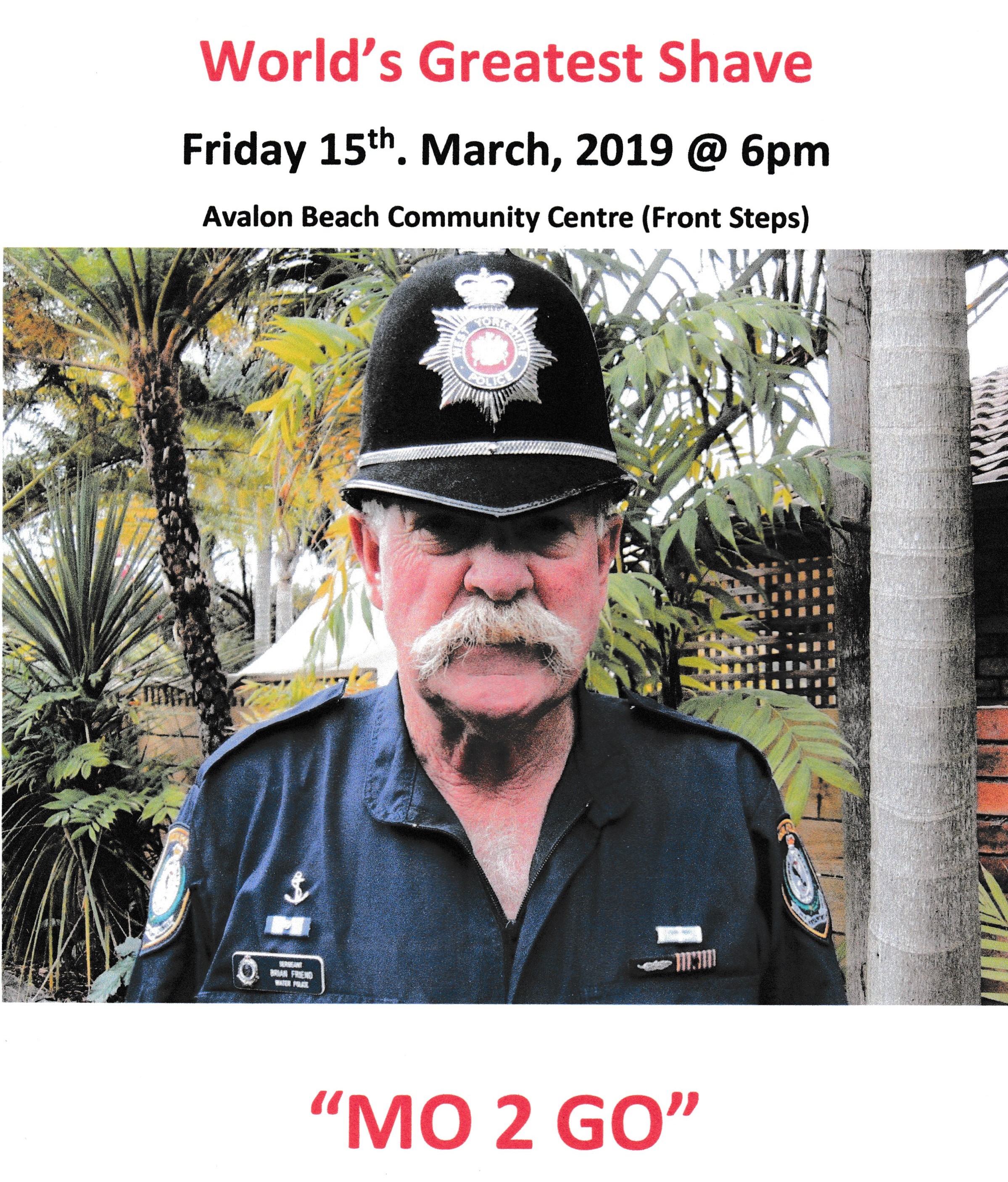
Witnesses Welcome!
Some MO History*
*The word "moustache" is French, and is derived from the Italian moustacio (fourteenth century), dialectal mostaccio (16th century), from Medieval Latin moustaccium (eighth century), Medieval Greek μουστάκιον (moustakion), attested in the ninth century, which ultimately originates as a diminutive of Hellenistic Greek (mustax, mustak-), meaning "upper lip" or "facial hair", probably derived from Hellenistic Greek (mullon), "lip".Moustaches worn by men in Western militaries trace their origins back to the 18th century Hungarian hussar cavalry units, which, in combination with their pronounced uniforms, were meant to strike fear into enemies. The moustache soon spread to other European light cavalry units including the 10th Light Dragoons, which became the 10th Royal Hussars in 1806. A moustache in the 19th century signified the difference between soldier and civilian, and was also a popular fashion among the aristocracy. Moustache popularity in the 19th century peaked in the 1880s and 1890s coinciding with a popularity in the military virtues of the day.
A traditional Indian belief is that a man's facial hair is a sign of his virility. This caused a problem during the time of British Raj in the 19th Century and, as a result, Indian moustaches had a profound effect on British facial hair. The British Army, who were clean shaven until that time, had difficulty maintaining authority among the Indian soldiers, who saw their officers' lack of a moustache, beard and sideburns as a lack of manliness. Eventually British officers began to cultivate moustaches and other facial hair to gain the respect of their troops. The trend of sporting a moustache spread quickly through the army and then back home amongst the general British civilian population.
Shaving with stone razors was technologically possible from Neolithic times. A mustache is depicted on a statue of the 4th Dynasty Egyptian prince Rahotep (c. 2550 BC). Another ancient portrait showing a shaved man with a moustache is an ancient Iranian (Scythian) horseman from 300 BC.
Styles
The World Beard and Moustache Championships 2007 had six sub-categories for moustaches:
- Dalí – narrow, long points bent or curved steeply upward; areas past the corner of the mouth must be shaved. Artificial styling aids needed. Named after Salvador Dalí.
- English moustache – narrow, beginning at the middle of the upper lip the whiskers are very long and pulled to the side, slightly curled; the ends are pointed slightly upward; areas past the corner of the mouth usually shaved. Artificial styling may be needed.
- Freestyle – All moustaches that do not match other classes. The hairs are allowed to start growing from up to a maximum of 1.5 cm beyond the end of the upper lip. Aids are allowed.
- Hungarian – Big and bushy, beginning from the middle of the upper lip and pulled to the side. The hairs are allowed to start growing from up to a maximum of 1.5 cm beyond the end of the upper lip.
- Imperial – whiskers growing from both the upper lip and cheeks, curled upward (distinct from the royale, or impériale)
- Natural – Moustache may be styled without aids.
Other types of moustache include:
- Chevron – covering the area between the nose and the upper lip, out to the edges of the upper lip but no further. Popular in 1970s and 1980s American and British culture (Ron Jeremy, Richard Petty, Freddie Mercury, Bruce Forsyth and Tom Selleck are noted for their chevrons).
- Fu Manchu – long, downward pointing ends, generally beyond the chin.
- Handlebar – bushy, with small upward pointing ends. See baseball pitcher Rollie Fingers.
- Horseshoe – Often confused with the Handlebar Moustache, the horseshoe was possibly popularised by modern cowboys and consists of a full moustache with vertical extensions from the corners of the lips down to the jawline and resembling an upside-down horseshoe. Also known as "biker moustache". Worn by Hulk Hogan and Bill Kelliher.
- Pancho Villa – similar to the Fu Manchu but thicker; also known as a "droopy moustache". Also similar to the Horseshoe. A Pancho Villa is much longer and bushier than the moustache normally worn by the historical Pancho Villa.
- Pencil moustache – narrow, straight and thin as if drawn on by a pencil, closely clipped, outlining the upper lip, with a wide shaven gap between the nose and moustache. Popular in the 1940s, and particularly associated with Clark Gable. More recently, it has been recognised as the moustache of choice for the fictional character Gomez Addams in the 1990s series of films based on The Addams Family. Also known as a Mouth-brow, and worn by Vincent Price, John Waters, Little Richard, Sean Penn and Chris Cornell.
- Toothbrush – thick, but shaved except for about an inch (2.5 cm) in the centre; associated with Charlie Chaplin, Oliver Hardy and Michael Jordan in his commercials for Hanes.
- Walrus – bushy, hanging down over the lips, often entirely covering the mouth. Worn by Mark Twain, Richard Brautigan, John R. Bolton, Wilford Brimley, Friedrich Nietzsche, Jeff "Skunk" Baxter and Jamie Hyneman.
According to a study performed by Nigel Barber, results have shown a strong correlation between a good marriage market for women and an increased number of moustaches worn by the male population. By comparing the number of males pictured in Illustrated London News sporting a moustache against the ratio of single women to single men, the similar trends in the two over the years would suggest that these two factors are correlated. Barber suggests that this correlation may be due to the fact that men with moustaches are perceived to be more attractive, industrious, creative, masculine, dominant and mature by both men and women, as supported by the research conducted by Hellström and Tekle.
From Wikipedaia